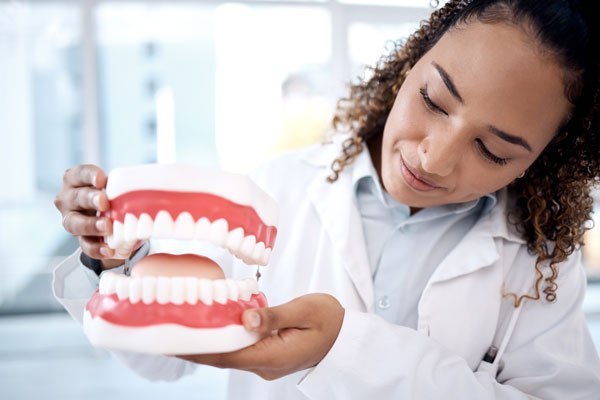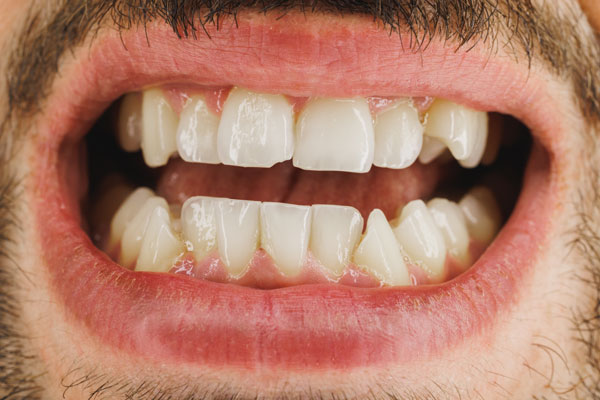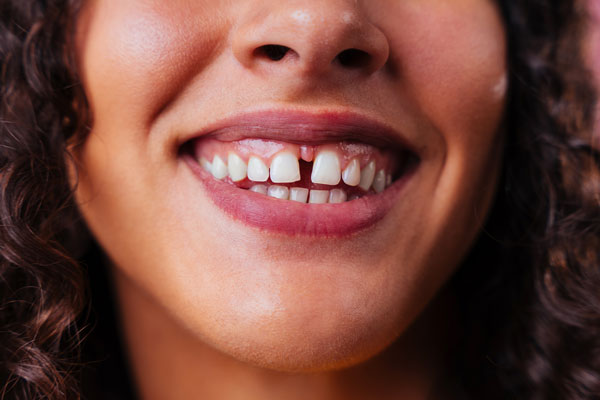A “malocclusion” is a misalignment of the teeth or jaw that causes bite problems that can affect oral health and even speech. Whether mild or severe, malocclusions can cause discomfort or pain, difficulty chewing properly and even long-term dental complications if left untreated.
In addition to the purely medical problems that these misalignments can cause, we cannot overlook that they can also cause problems of insecurity and low esteem in some people, due to how some of these problems affect our appearance and aesthetics.
Fortunately, current orthodontic treatments, such as braces and Invisalign, can correct these problems, improving both function and esthetics.
At Aspen Orthodontics, we specialize in diagnosing and treating all types of malocclusions. Let’s explore the most common bite problems and the best orthodontic solutions to correct them.

What is it?
Crowding occurs when there is not enough room in the jaw for all teeth to fit together properly, causing some teeth to overlap or rotate and become misaligned. This condition can make it difficult to clean teeth, increasing the risk of tooth decay and/or gum disease. Also, causing teeth to come together wrong and lead to premature wear and loss of enamel and/ or chipping of teeth.
How We Treat It:

What is it?
Spacing problems arise when there is too much space between the teeth, causing visible gaps. This can be due to missing teeth, having small teeth or having an unusually wide jaw. This type of malocclusion can cause different problems, such as:
How We Treat It:
Bonding/Veneers: In some cases, cosmetic dental treatments may complement orthodontic work.

What is it?
An overbite is a type of malocclusion that occurs when the upper front teeth significantly overlap the lower front teeth. Severe overbites can lead to excessive tooth wear, jaw pain, and increased stress on the temporomandibular joint (TMJ), potentially resulting in chronic discomfort and headaches. This malocclusion can also contribute to speech difficulties, improper chewing function, and, in some cases, changes in facial appearance over time.
How We Treat It:
What is it?
An overjet, often mistaken for an overbite, refers to the upper front teeth protruding outward. This malocclusion can lead to difficulty closing the lips properly and increase the risk of dental trauma. Additionally, overjet can cause difficulty chewing and biting, jaw pain and headaches due to improper jaw alignment, speech issues such as a lisp, and self-consciousness about appearance. If left untreated, it may also contribute to uneven tooth wear and increased strain on the temporomandibular joint (TMJ).
How We Treat It:
What is it?
A "crossbite" malocclusion occurs when the upper teeth fit inside the lower teeth rather than outside. This can cause uneven wear on teeth, jaw discomfort, and even facial asymmetry if untreated. Upper front teeth are at high risk of being fractured when they are in crossbite.
How We Treat It:
What is it?
An underbite malocclusion occurs when the lower front teeth sit ahead of the upper front teeth. This can result in difficulty chewing, speech problems, and excessive wear on teeth. Can be associated with TMJ problems if not corrected.
How We Treat It:
What is it?
A deep bite is when the upper front teeth excessively overlap the lower front teeth, sometimes covering them entirely. This malocclusion can lead to gum damage, excessive wear, and jaw pain.
How We Treat It:
What is it?
An open bite occurs when the upper and lower teeth don’t touch when the mouth is closed, leaving a noticeable gap. This malocclusion can make biting and chewing difficult and may result from habits like thumb sucking or tongue thrusting. This is often accompanied by speech issues.
How We Treat It:
Ignoring bite problems can lead to:
At Aspen Orthodontics, we personalize every treatment to provide the best results for your unique smile!
Choosing between braces and Invisalign depends on your specific malocclusion, lifestyle, and treatment goals. Our experienced orthodontists will evaluate your bite and recommend the best solution.
Learn more about the differences between Braces and Invisalign treatments here.